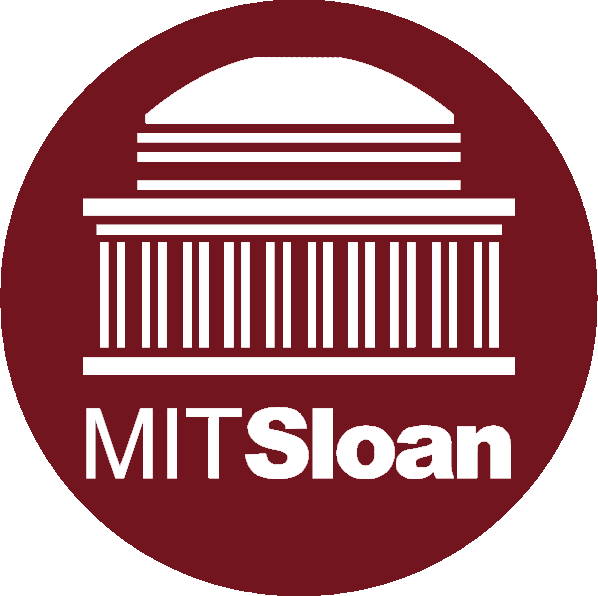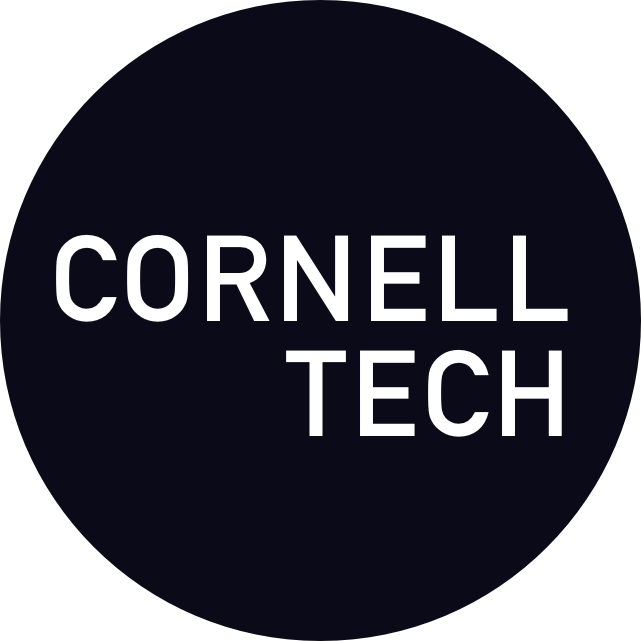Is Your Work-Life Balance a Nightmare?
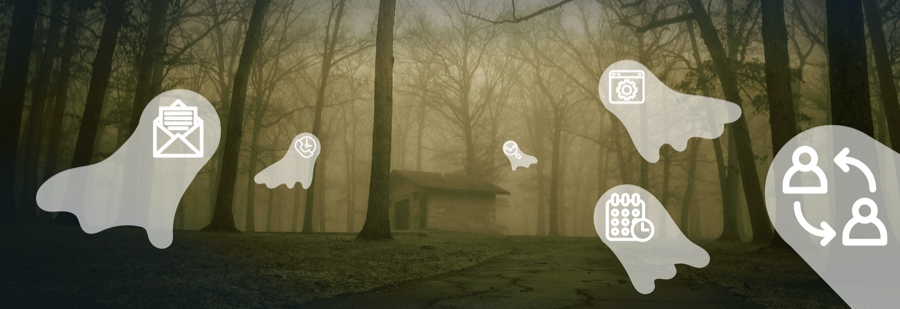
Slay the Sunday Scaries with Better Workplace
October is spooky season, but unfortunately, for many of us “the scaries” come around more frequently than once a year. Does the thought of going into your office conjure up a sense of dread? If you regularly deal with a paralyzing case of the Sunday Scaries or if you secretly love horror movies and slasher films, this newsletter is for you. Read more in On Our Minds.
On our minds
Earlier this month, a New York Times newsletter asked why we all love gory tales. Why do we watch scary movies? Yes, these movies are a form of fantasy and escapism, but is there more to it? Could it be that our real lives are so anxiety laden—from the global (climate change, war), to the national (a heated election), to the personal (financial, medical, family issues)—that we are unable to process all this fear in our logical minds? Does it help to passively process the “real life” scaries, by watching the implausible scaries play out on screen? Are these films pop-cultural catharsis?
Sometimes movies which aren’t intended to be overtly frightening—Katie Perry’s tour documentary, for example—are actually more terrifying than the latest iteration of Halloween, Final Destination, or Saw, that we absorbed in our dark living room, over popcorn, two nights ago. When we can’t handle the “true story” of our overwhelming work week, full of tasks that should’ve been finished ages ago, we call in the zombies.
What’s another name for the Sunday Scaries? Burnout. You know that moment in the movie where the “prey” freezes because their flight-or-flight instinct shuts down? It’s an apt metaphor for having too much work and no end in sight, to the point where, instead of attempting to tackle things, we just hide—whether that means under the covers, in a carton of ice cream, or wherever you go to check out.
Paralysis rather than action isn’t the only horror film trope that applies to unhealthy work situations. What about closets? The places where monsters hide and characters get trapped. “Closeted” is a euphemism for our own “demons”—qualities that we feel are too misunderstood or disrespected, we try to hide them from our colleagues. A closeted colleague may hide their sexuality, gender identity, neurodivergence, invisible disability or even their need for rest and relaxation.
This leads to another trope—that of the wise “weirdo,” whose perspective the other characters discount to their own detriment. In workplace parlance, these unconventional thinkers often fall victim to the “creepy clown,” that overconfident jerk, who consistently lobs micro-aggressions and initiates inappropriate or offensive conversations. The creepy clown generally makes anyone who doesn’t fit our (very narrow) norms feel unsafe and undervalued.
When the creepy clown strikes, many workers may have nowhere to go, leading to the oh-so-familiar “clumsy escape” (number 16 on this list) to a communal bathroom—which, despite all our efforts to the contrary, is still one of the scariest and least comfortable aspects of office life.
If we don’t feel comfortable setting boundaries and asking for what we need, we may pull away from others, including supportive colleagues, at the very time that teamwork is most critical. (Anyone ever audibly groaned, when the characters in the latest slasher film decide to split up, because you know they’re about to be picked off one-by-one?)
Sunday Scaries are real, but your office doesn’t have to be a nightmare (of the living burn-outs). Covid taught us that remote work works. Some days, we may not make it into the office at all. People are most satisfied when going into the office with a reason for being there, whether that reason is task or a relationship. Working remotely some or all of the time, requires clear boundaries, so that your work doesn’t blur into personal time. We all have to be extra creative to connect with team members.
Workplace leaders should focus on making our offices as comfortable and delightful as possible, so that a diverse array of employees can actually enjoy their time. (Get ready for the holidays with some affordable buys that help you take control of your office experience.)
Offices should be safe spaces, and employees should have independence within clearly laid out expectations (to avoid that other horror movie trope, the “jump-scare”). Workers are not fictional characters. We have families, obligations, stressors. Some days (and months!) are better than others. We need time to play and rest. We need space to explore, to take risks, to make the occasional mistake. A single misstep shouldn’t mean “game over”!
Every one of us has the power to be the “final girl,” to slay the monster, to see the thing through—if we’re empowered to do so, if different ways of being and thinking are embraced, if we create a workplace culture where everyone feels comfortable acknowledging and communicating their needs.
From the archives
What were we up to in Octobers past? Last year we were big on accepting human imperfection and the “costumes” we wear to work. In 2021, we highlighted the accolades of both sparse and sensory-rich architecture and how we need both. Before that, we wrote about coworking, more costuming, home office hacks, and people-centric management. A full decade ago, we were thinking about the “consumerization” of the workplace and how employees have choices – whether that means working remotely, coworking, or a hybrid system.
Meanwhile, if you’re seeking escape, Variety has this list of the “100 Best Horror Movies of All Time” and Headspace offers the Sunday Scaries podcast, full of brief listens that offer mental health tips, guided meditations and other tools for increasing mindfulness and combating burnout.
In Case You Missed It
You’ve been busy; we’ve been busy. Don't be paralyzed by FOMO. Let’s catch up!
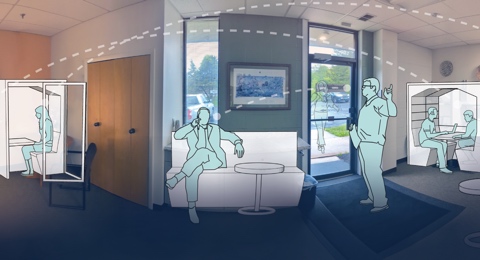
Workplace for Getting the Ideas Flowing at CT Water
Recently PLASTARC worked with this regional utility to define future workplace requirements, make informed real estate decisions, and enhancing the workplace experience.
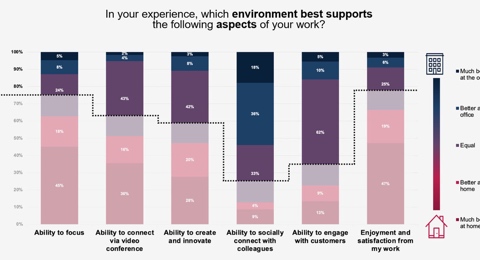
Purposeful Presence
Remote work works, but there are some tasks that employees prefer to complete in-office. What should our hybrid offices look like, and what types of spaces should they provide? Check out the perspective we shared with Tradeline audience.
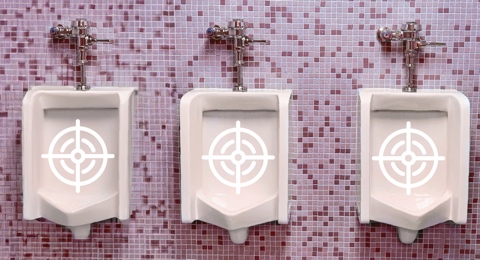
A Place to Rest
As we kick off November, AKA World Toilet Month, PLASTARC shines a light on one of our favorite topics. Why we should focus on restroom experience, as part of any human-centered workplace design.
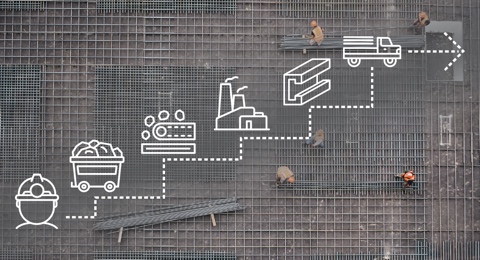
Tracking Back to the Source
How can we best address forced labor throughout a building's entire life cycle? This recent panel attempts to answer this question, with a focus on knowing and communicating with source communities. Including ideas for getting and staying involved.

Support our PLASTARC Team Member and a Good Cause
We just biked 170 miles, from New Orleans to the LA State Penitentiary, to fundraise for Cornerstone buses which provide transportation to visit incarcerated loved ones. The ride is over, but donations are still welcome.

The Long Haul of Long Covid
Want to learn about something really scary? Check out this beautiful documentation of what it's like to live with long Covid? An information designer has struggled with the impact for three years and shares her story in a unique way.
Looking Ahead
What’s making you jump (in excitement, rather than fear) this season?



